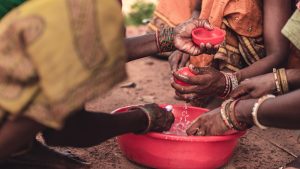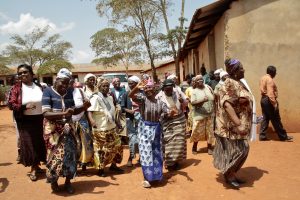The absence and exclusion of women from the design and planning of community water supply, sanitation programmes and projects forms a major barrier to development.
Water burden on women and girls (especially related to water collection) includes risks associated with personal health and safety (i.e. heavy loads, falling into wells, encounters with wild animals) and time taken from education and family. The fact that women and girls are exclusively responsible for collecting water exacerbates gender inequality especially given that time for other activities such as schooling, leisure and business is often spent travelling long distances to fetch water.


Given the important role of women as providers and users of water, the global community recommends the inclusion of women into all efforts geared towards improving the quality and accessibility of water.
Considering the relationship between women and water created by their gender roles, women are expected to be more knowledgeable of water resources, quality, availability and accessibility. However, the gender roles of women in the community do not allow them to actively participate in community development activities. The handling of the responsibility of domestic water collection and management to women in many communities, imply that women are to a great extent knowledgeable of water related issues including the quality, availability and location of water sources.
Women’s participation in WASH interventions in areas of limited water and hygiene supplies can bring distinct benefits to water sanitation and hygiene as a whole. Thus, for any effective use and functioning of water supply and sanitation facilities, the involvement of users, who by and large are women is key, as they play a very fundamental role in the management and use of water.
On the one hand, including women in training and capacity building will enhance women’s understanding of water and sanitation issues. On the other hand, this contributes to the identification of resolutions and recommendations to improve quality, access and sanitation facilities.
To find out more take a look at our Little Book on this subject available in English, French and Portuguese, as well as detailed and transdisciplinary literature review on this.
